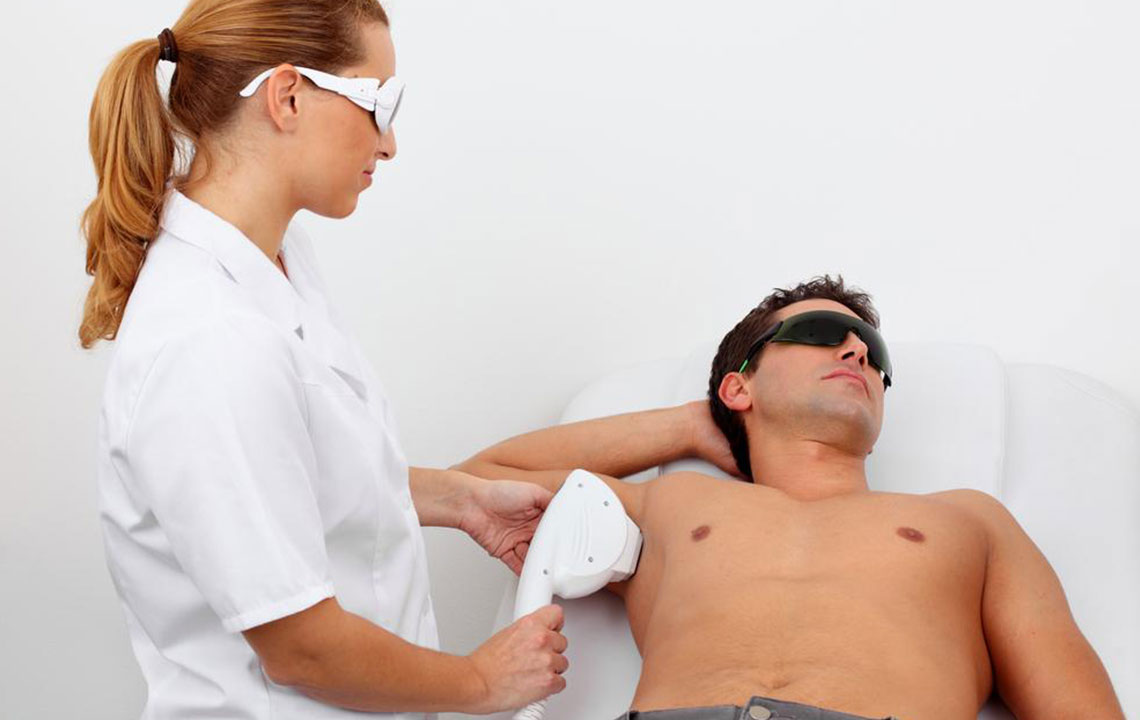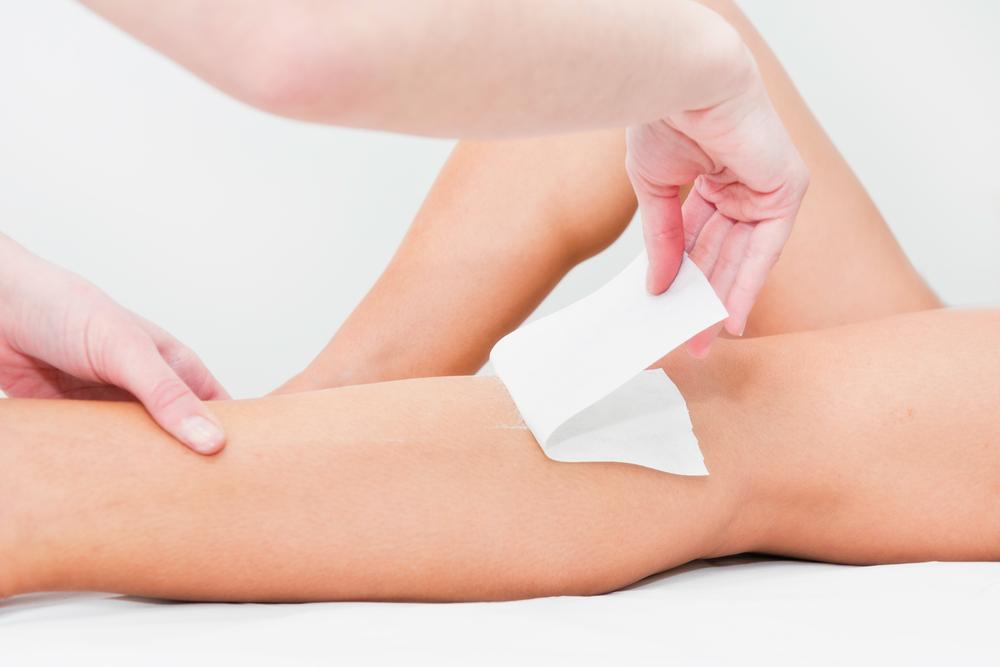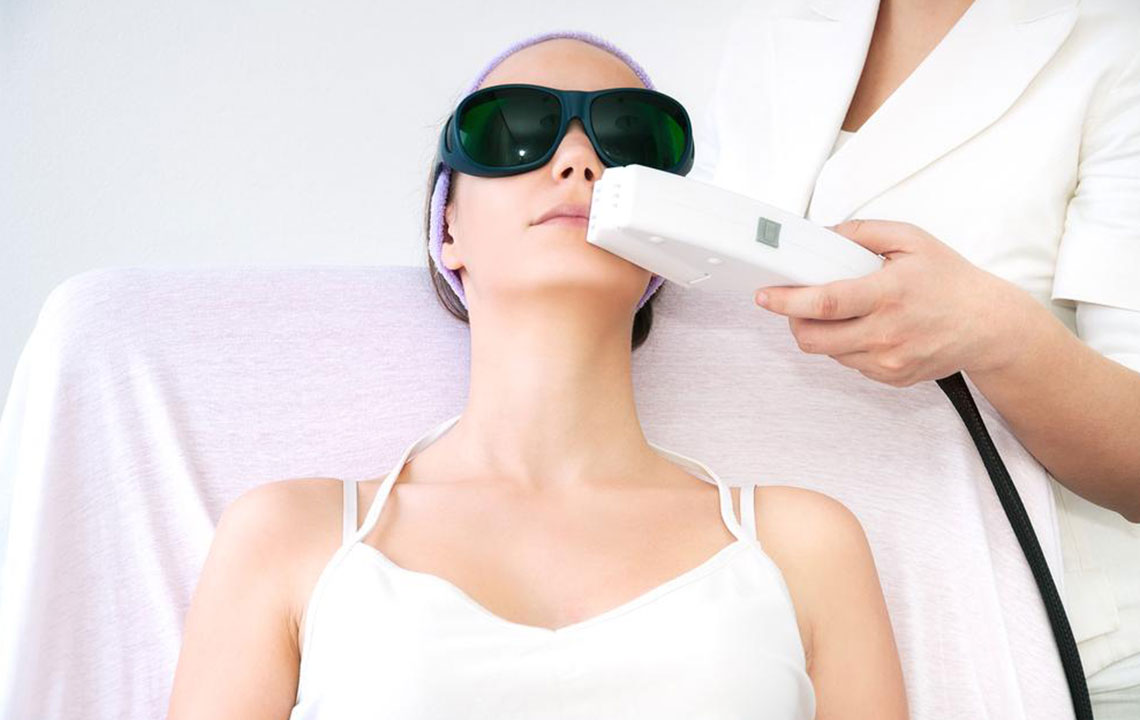Comprehensive Guide to Effective Body Hair Removal Techniques
Discover a comprehensive guide to body hair removal, detailing methods from tweezing and waxing to laser and electrolysis. Learn how to choose the best technique based on your skin type, budget, and preferences. This extensive article provides helpful tips, procedure details, costs, and safety considerations to achieve smooth, hair-free skin effectively and safely.

Comprehensive Guide to Effective Body Hair Removal Techniques
Many individuals, especially women, seek smooth, hair-free skin on various parts of their bodies such as legs, arms, face, and back. Unwanted hair can be a source of discomfort or self-consciousness, prompting many to explore different hair removal options. With a multitude of methods available—ranging from temporary solutions like waxing and tweezing to permanent techniques like laser and electrolysis—it's important to choose the right approach based on your skin type, hair texture, pain tolerance, budget, and desired longevity. This comprehensive guide aims to detail the most popular and effective body hair removal methods, helping you make an informed decision that best suits your needs.
When selecting a hair removal technique, consider your preferences—whether you prioritize painless procedures, quick results, cost-effectiveness, or permanent reduction. Understanding the specifics of each method can help you weigh the benefits and drawbacks effectively. Here, we explore some of the most common and proven hair removal options, providing details on procedures, costs, advantages, and considerations to guide you towards the best choice for your skin and hair type.
Tweezing
As one of the simplest forms of hair removal, tweezing involves using a pair of fine-tip tweezers to pull out individual hairs from the root. This method is particularly suitable for removing stray facial hairs or shaping eyebrows. Tweezing provides immediate results, is affordable, and accessible since it requires minimal equipment. However, it's best suited for small areas because it can be time-consuming and uncomfortable when used extensively. Repeated tweezing can sometimes lead to skin irritation, ingrown hairs, or minor scarring if performed improperly or excessively. For best results, ensure the tweezers are sanitized to prevent infections and consider moisturizing afterward to soothe the skin.
Waxing
Waxing is a widely popular method that involves applying hot or warm wax to the skin, then removing it swiftly to pull out hair from the root. It can be done at professional salons or at home using DIY waxing kits. This technique offers longer-lasting results compared to tweezing, typically keeping skin smooth for 3 to 6 weeks. Professional waxing services vary in price, generally between $15 to $80 per session, depending on the area and location. DIY kits are more affordable, ranging from $5 to $50, and include products such as the GiGi Brazilian Waxing Kit or Veet Ready-to-use Strips. Waxing can be painful, especially for sensitive areas or first-time users, and may cause skin irritation or burns if the wax is too hot. Proper hygiene and technique are crucial to reduce risks of infection or ingrown hairs. Avoid waxing if you're using certain skincare medications like Retin-A or topical acne treatments, as your skin may be more sensitive or prone to damage.
Sugaring
Similar to waxing, sugaring involves applying a sugar-based paste or gel to remove hair from the root. The natural sugar paste is often made from ingredients like sugar, lemon juice, and water, making it an eco-friendly and skin-friendly alternative. Sugaring is generally less painful than waxing due to its gentle application and removal process. It can be performed professionally or at home with DIY kits costing around $10 to $40. Making homemade sugar paste is cost-effective and easy, using simple ingredients. Sugaring provides smooth skin for 3 to 6 weeks, with fewer occurrences of ingrown hairs and irritation. The method is suitable for various skin types and hair textures, but consistency and proper technique are key to achieving optimal results. Regular sugaring can reduce hair thickness over time, making future treatments easier and less painful.
Laser Hair Removal
For those seeking a more permanent solution, laser hair removal offers long-lasting reduction of unwanted hair. During the procedure, focused laser light targets melanin in hair follicles, damaging them to inhibit hair growth. Laser treatments are particularly effective on dark, coarse hair and in light skin tones due to the contrast in pigmentation. Typically, a series of 6 to 12 sessions spaced several weeks apart are necessary for optimal results. While laser hair removal can significantly decrease hair growth and even eliminate hair in treated areas, it does not guarantee complete permanent removal for everyone. The cost per session ranges from $200 to $500, depending on the size of the area. Side effects may include temporary redness, swelling, or slight discomfort. Safety and efficacy depend on choosing a qualified and experienced technician, especially for sensitive areas.
Electrolysis
Electrolysis remains the only FDA-approved method for permanent hair removal. It works by inserting a tiny needle into each hair follicle and applying an electric current to destroy the follicle's ability to grow hair. Unlike laser, electrolysis can be used on all skin and hair types and is suitable for small areas or precise hair removal, such as eyebrows or upper lip. Each session typically lasts 15 to 30 minutes, with an average cost of $45 per session. Complete hair removal may require multiple sessions, often between 15 and 30 treatments, depending on hair density. Though time-consuming, electrolysis provides permanent results after completion of the treatment plan. There's minimal risk of ingrown hairs, and side effects are usually limited to temporary swelling or redness. It is essential to consult a licensed electrologist to ensure safety and effectiveness.
Ultimately, selecting an appropriate body hair removal method depends on individual preferences, skin sensitivity, hair type, budget, and desired longevity of results. Consulting with skincare professionals can provide personalized advice and help you determine the safest and most effective approach for your specific needs. Whether you opt for temporary solutions like waxing and tweezing, or more permanent options like laser and electrolysis, understanding each method’s benefits and precautions ensures a satisfactory experience and beautiful, smooth skin.





